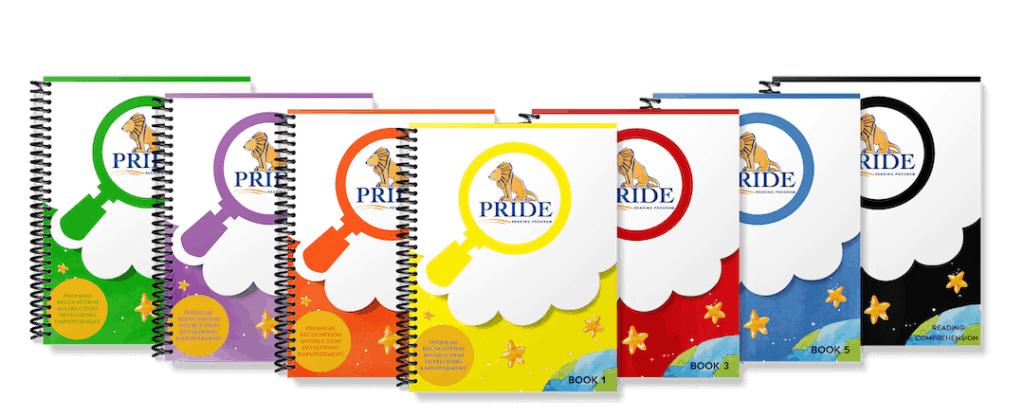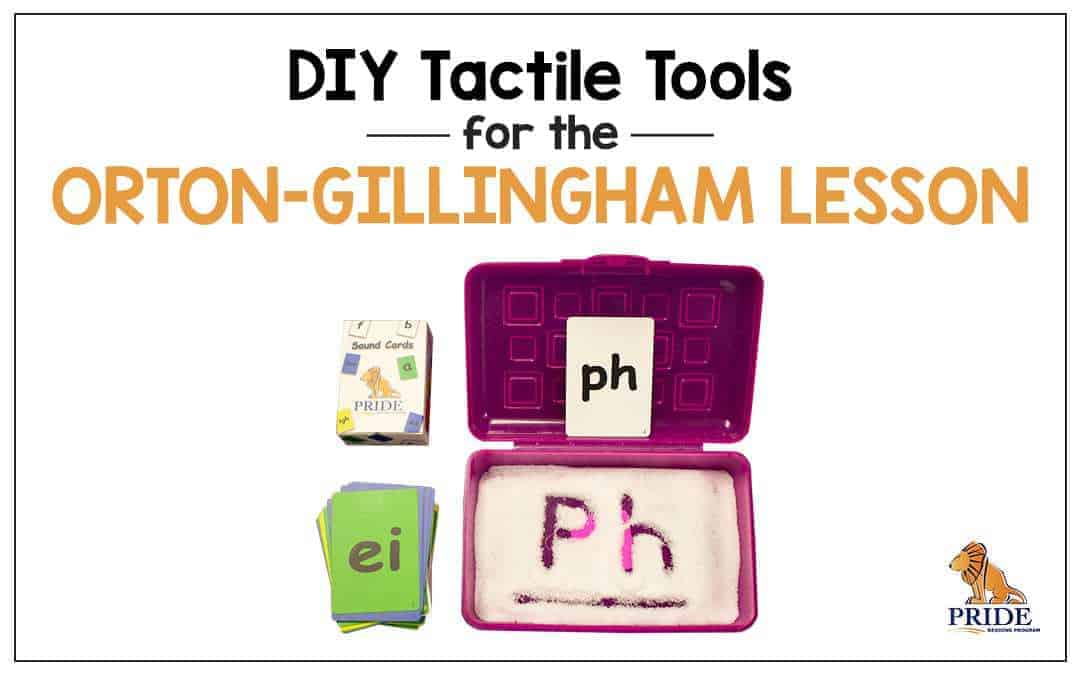In Orton-Gillingham or Structured Literacy lessons, students are required to do a lot of multisensory activities. This includes tracing while saying the sounds of the letters on different surfaces. Sound tracing is used to practice and reinforce sounds and spelling patterns for sounds. It can also be used for sight words too. Here are a few tracing and tactile tools, that are inexpensive and easy to make and take to your Orton-Gillingham lesson.
Make Your Own Sand/Salt Trays
Add some fine sand or salt into a pencil box. You can have your student use the pads of their index and middle fingers to write the letters in the sand. Some children might resist touching the texture of the sand or salt. If this is the case, you can use a paintbrush or a Q-tip to trace the letters in the sand. The pencil box keeps the sand or salt neat and tidy, and will also work well for traveling Orton-Gillingham tutors to add to their tactile tools.
Watch this video to learn how to make and use your own Sand Trays:
More DIY Tactile Tools
Edible Letters
You probably want to save this one for the very end of the lesson, or use it as a Fun Friday treat. Write the letter(s) on a whiteboard. The bigger you make the letter the more fun it is for the student!
Using candy like M&M’s, Raisons, Skittles, Chocolate Chips, have the student place the food around the letter while they are saying the letter name and sound. Ooh yummy, and I guarantee you that your student won’t forget that letter sound!
Sand Paper/Glitter Paper
Have your student place a piece of paper over sandpaper or glitter paper and using a crayon, have him/her write the letters onto the paper. This will create a nice bumpy texture. After the word is written, have the student trace the letters while saying the phonogram aloud.
Shaving Cream
Squirt a dollop of shaving cream onto a tray, then have your student use their hands to spread it out so that the shaving cream covers the entire tray. Then have your student write the phonograms in the shaving cream with their pointer finger.
You can use any of these above tactile tools during the Sound Dictation Section of your Orton-Gillingham lesson to make the lessons more fun!
[et_bloom_inline optin_id=”optin_4″]
Thank you so much for reading my post today! Hopefully your students will enjoy some of these tactile tools. You might also enjoying reading my previous posts:
DIY Tactile Letter Cards for the Orton-Gillingham Lesson
Alphabet Movement Activity/Simon Says
Please don’t leave without checking out the PRIDE Reading Program. The PRIDE Reading Program is an Orton-Gillingham curriculum that is used by teachers, tutors, and homeschooling parents worldwide with great success.



